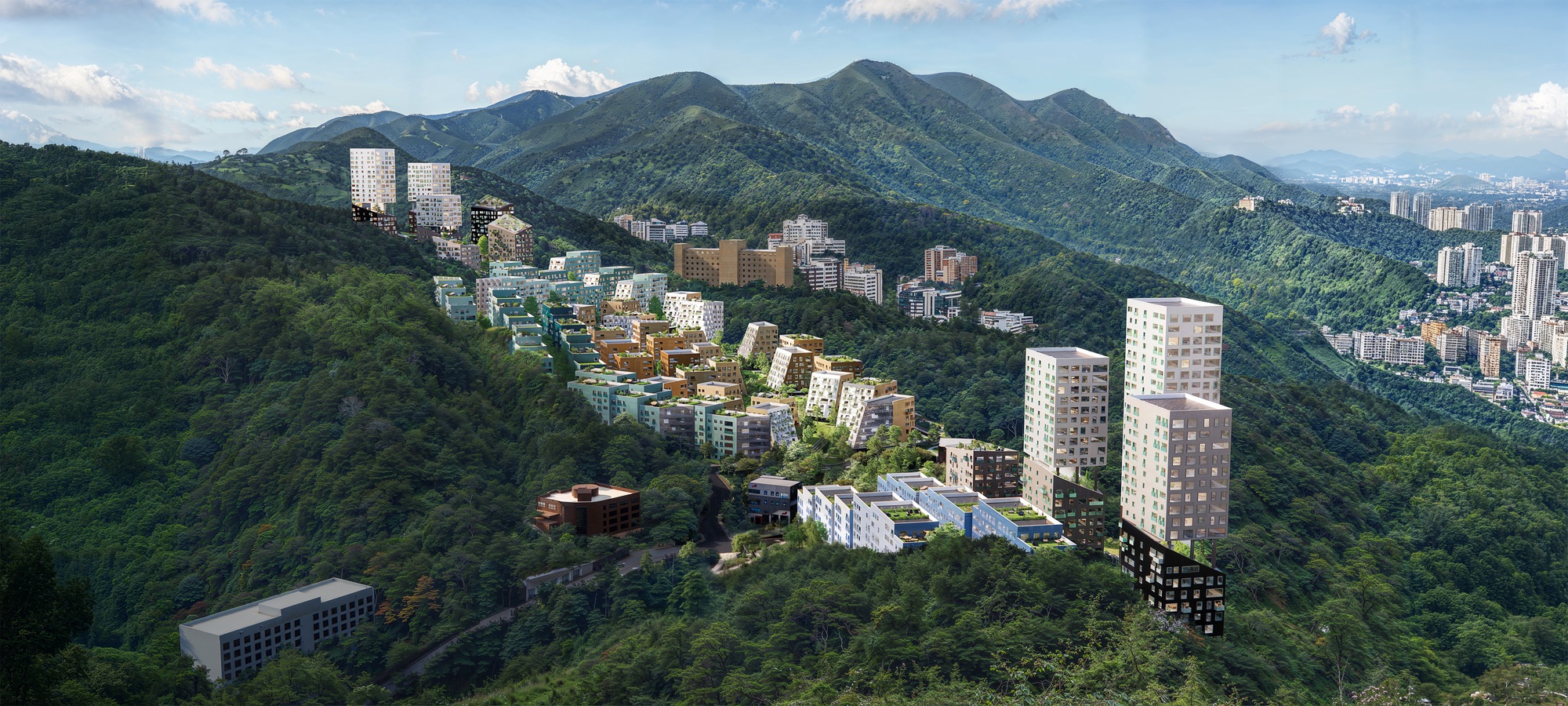
"The Busan Slope Housing project by OMA addresses urban redevelopment on the steep hillsides of Busan, South Korea, drawing on the city's topographical complexity and historical settlement patterns. Developed in collaboration with the Busan Architecture Festival and the Department of Housing and Architecture, the project explores strategies to rethink hillside neighborhoods while responding to both contemporary housing needs and the social and spatial legacies of these areas."
"Busan's hillsides, historically a refuge for displaced populations during the Korean War, became home to informal settlements made from salvaged materials. These communities adapted to the steep terrain and formed dense, resilient neighborhoods that have been integral to the city's urban identity. However, as these areas have aged and faced challenges related to infrastructure and capacity, they are increasingly replaced by high-rise developments."
"Their differing contexts provide an opportunity to test a reproducible redevelopment strategy that mediates between the fine-grained fabric of informal settlements and the large scale of modern estates. A key feature of the design is its emphasis on circulation as a primary organizing element. A pedestrian network links public nodes, bus stops, monorail stations, schools, markets, parks, and cultural landmarks, ensuring that daily life flows across the slopes."
OMA's Busan Slope Housing proposes a context-responsive redevelopment strategy for steep Busan hillsides that balances contemporary housing needs with existing topography and community networks. The project recognizes wartime informal settlements made from salvaged materials that adapted to steep terrain and formed dense, resilient neighborhoods. Rather than wholesale replacement with high-rise estates, the design mediates between fine-grained informal fabric and large-scale modern estates through flexible housing typologies. Two test sites—Yeongju in the city center and Anchang between forested ridgelines—allow reproducible strategies to be explored. Circulation is primary: a pedestrian network links public nodes, transit, schools, markets, parks, and cultural landmarks to sustain daily life across slopes.
Read at ArchDaily
Unable to calculate read time
Collection
[
|
...
]